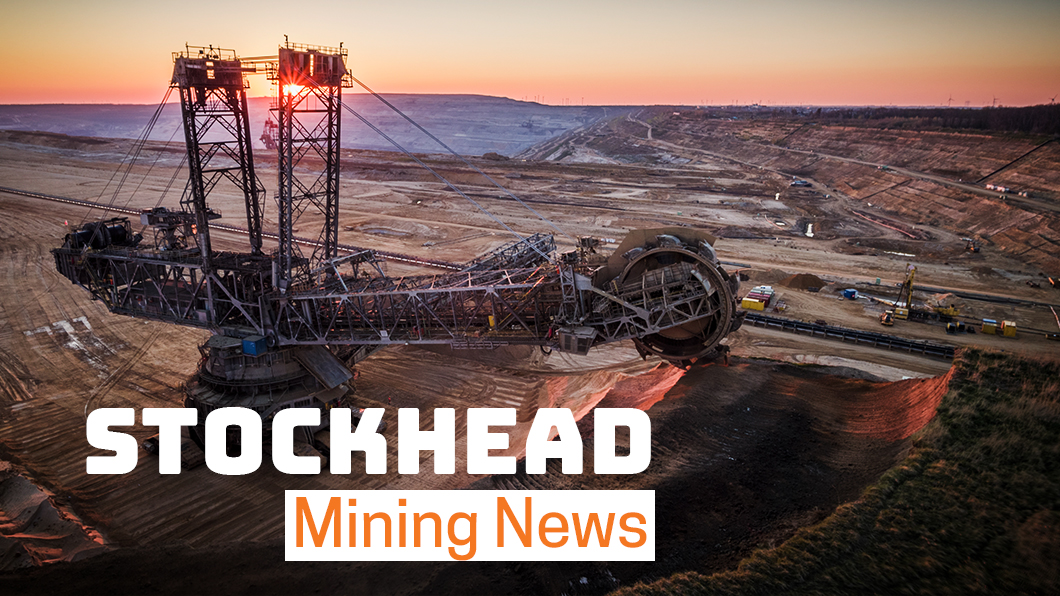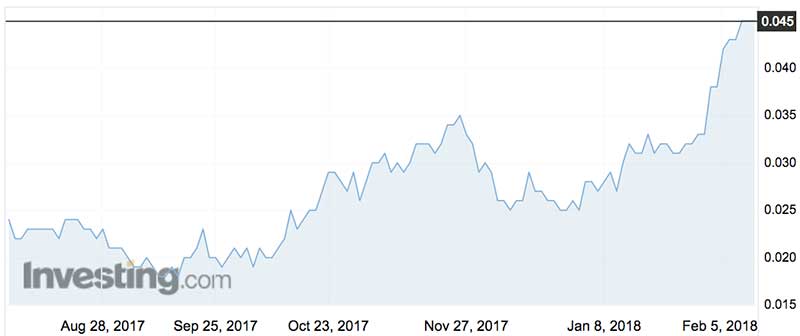Why Orion shares are rising and what’s next for the South African explorer

Pic: Schroptschop / E+ via Getty Images
Once a location for big game hunters, the Northern Cape region of South Africa is better known today as the home of big mines.
That’s why interest is growing in Orion Minerals, a small Australian explorer with its foot on a big South African zinc and copper deposit.
The Prieska mine in its heyday (between 1971 and 1991) was one of the world’s major sources of copper and zinc, yielding 430,000 tonnes of copper and one million tonnes of zinc for its owner, the South African miner AngloVaal.
The mine, located 270km from the historic diamond mining centre of Kimberley, is deep — plunging more than 1000 metres. The high cost of operating at depth was a factor in AngloVaal pulling the plug.
Other issues that helped kill Prieska included South Africa’s unstable politics in the dying days of the apartheid era and a shortage of risk capital that led to an initial closure decision taken as early as 1984. The mine’s final seven years saw it worked as a cash cow with no fresh capital investment in plant and equipment.
Pulling out early meant that AngloVaal left a lot of high quality ore at the bottom of the mine in what looks to be an extensive flat-lying structure known as the keel of the orebody which forms the basis of Orion’s first ore resource calculation to an Australian mining standard.

It was anticipation of Orion’s maiden JORC-compliant ore resource for Prieska of 24.2 million tonnes of ore containing 873,655 tonnes of zinc and 297,129 tonnes of copper which put a spring in the company’s share price early last month.
(JORC compliance refers to the mining industry’s code for reporting exploration results, mineral resources and ore reserves, managed by the Australasian Joint Ore Reserves Committee.)
Between the start of trading in January and last week Orion has effectively doubled, rising from 2.5c to latest trades at 4.5c, with the distinction of being one of the few stocks to continue rising last week even as the wider market was contracting.
At its latest price, Orion is valued on the Australian market (and via a secondary listing on the Johannesburg stock exchange) at $58 million, a value which lifts it out of the penny dreadful category and shows increasing confidence in Prieska being resurrected.
To achieve that goal Orion has a number of other hurdles to clear, starting with completion of a bankable feasibility study, and finalising the government permitting process.
Impeccable timing
Orion’s timing with its Prieska project has been impeccable, starting with the acquisition of the old mine and its surrounding tenements in 2015. At the time copper was heading for less than $US2 a pound, 50 per cent below its current price of $US3.08/lb, and zinc was selling for around US70c/lb, less than half its latest price of $1.57/lb.
The challenge now is to demonstrate that mining can be re-started using modern techniques and a workforce which is certain to be a lot fewer than the 4000 who worked at Prieska at its peak.
Access to the old workings has been relatively easy though the only surface asset left behind by AngloVaal is a concrete headframe over one of the shafts.
- Bookmark this link for small cap breaking news
- Discuss small cap news in our Facebook group
- Follow us on Facebook or Twitter
- Subscribe to our daily newsletter
Orion’s chief executive, Errol Smart, said last week when announcing the maiden Prieska resource that more than 42,000 metres of drilling into the Deep Sulphide Target (the keel) at the bottom of the old mine had validated extensive historic data for inclusion in geological modelling.
Assays from extra drilling focused on other areas of interest, the NW Trough Target and the SE Target, are pending and could add to the mineral resource when worked into the next calculation.
“With engineering studies, and metallurgical optimisation progressing well, Orion is confident of a positive outcome for the bankable feasibility study currently underway,” Smart said.

Top 30 mineral deposit
Getting Prieska back into production could prove to be the equivalent of a starter project for Orion which has a number of other exploration objectives in a region that has seen limited exploration over the past 30 years but which is known to host orebodies known as Volcanogenic Massive Sulphides, or VMS.
The nature of VMS orebodies is that they often occur in clusters, a result of their genesis as part of an ancient volcano field with multiple vents and fissures through which mineralised fluids has been pushed.
Prieska was originally classified as one of the top 30 VMS mineral deposits in the world.
Finding more Prieska-style structures is one of Orion’s aims, and a reason for it securing a land package totalling 1790 sq km in a classic mineral field consolidation play.
For Australian investors Orion is a temptation because it is in the right geological location at the right time of the mineral-price cycle.
Off-setting that undoubted attraction is the challenge of doing business in South Africa where mining law is subject to abrupt change, and black economic empowerment regulations can be seen as an impediment.
But, if Orion can overcome the man-made obstacles it could find itself holding a tiger by the tail, or a lion to use a metaphor more appropriate for the Northern Cape.
UNLOCK INSIGHTS
Discover the untold stories of emerging ASX stocks.
Daily news and expert analysis, it's free to subscribe.
By proceeding, you confirm you understand that we handle personal information in accordance with our Privacy Policy.








